- Joined
- Jan 4, 2015
- Messages
- 196
Re: Quantifying Performance Nuances beyond ASET, H&A Photos,
Hi Rhino,
I would think that consumers would benefit from quantification vis-à-vis calibrated measures of optical symmetry over H&A claims that can easily be exaggerated by members of this trade.
Rhino|1428772889|3860423 said:JoshuaNiamehr|1428520218|3858765 said:Rhino|1428428813|3858048 said:JoshuaNiamehr|1428245090|3857188 said:+1 for this thread.
There are some physical measurement devices out there that are able to quantify light symmetry and other metrics, do you think they are part of the future of quantification of performance nuances?
Hi Josh,
It depends on what technology you're talking about. I have worked intimately with just about every technology out there from ASET, Bscope, Isee2, Sarine, sophisticated versions of IdealScope, Octonus Raytrace, OGI ray trace, etc. as well as correlating those results with real world observation. All of them have their strengths and all of them also have their limitations. We take the approach of "test all things, hold fast to that which is good". Technologies are great for communicating strengths and weakness of certain products but it is important that consumers know the limitations of them as well.
Regards,
Rhino
Hi Rhino,
Lets use the Sarine Light as an example - it is calibrated to measure optical performance and light symmetry. I believe its the only device that actually measures light symmetry physically.
Joshua
Hi Josh,
I had Sarine Light here and tested numerous diamonds on it whose results I have saved. It is what was formerly the Isee2 technology which I had used for roughly a decade but wanted to test the new algorithms. As an advocate of online technologies and one who was eager to re-employ the technology ... after seeing the results I had to pass. To rely upon it as any form of "grading system" no less ... not a good idea.
Regards,
Rhino
Hi Rhino,
I would think that consumers would benefit from quantification vis-à-vis calibrated measures of optical symmetry over H&A claims that can easily be exaggerated by members of this trade.

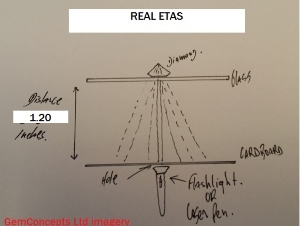
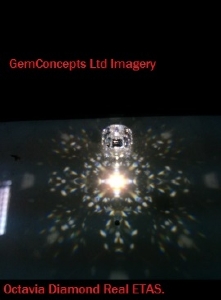
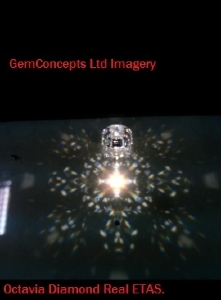
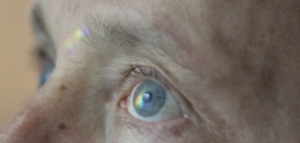
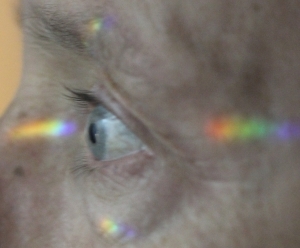
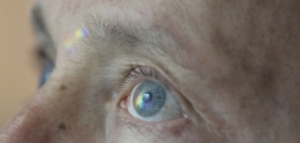
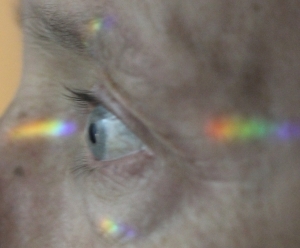
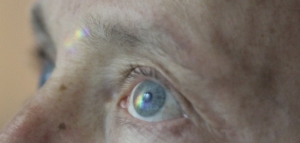
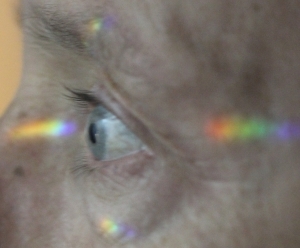
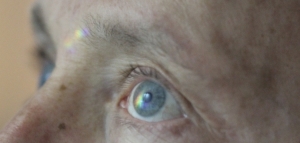
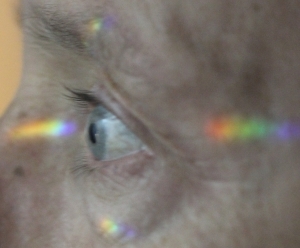


300x240.png)